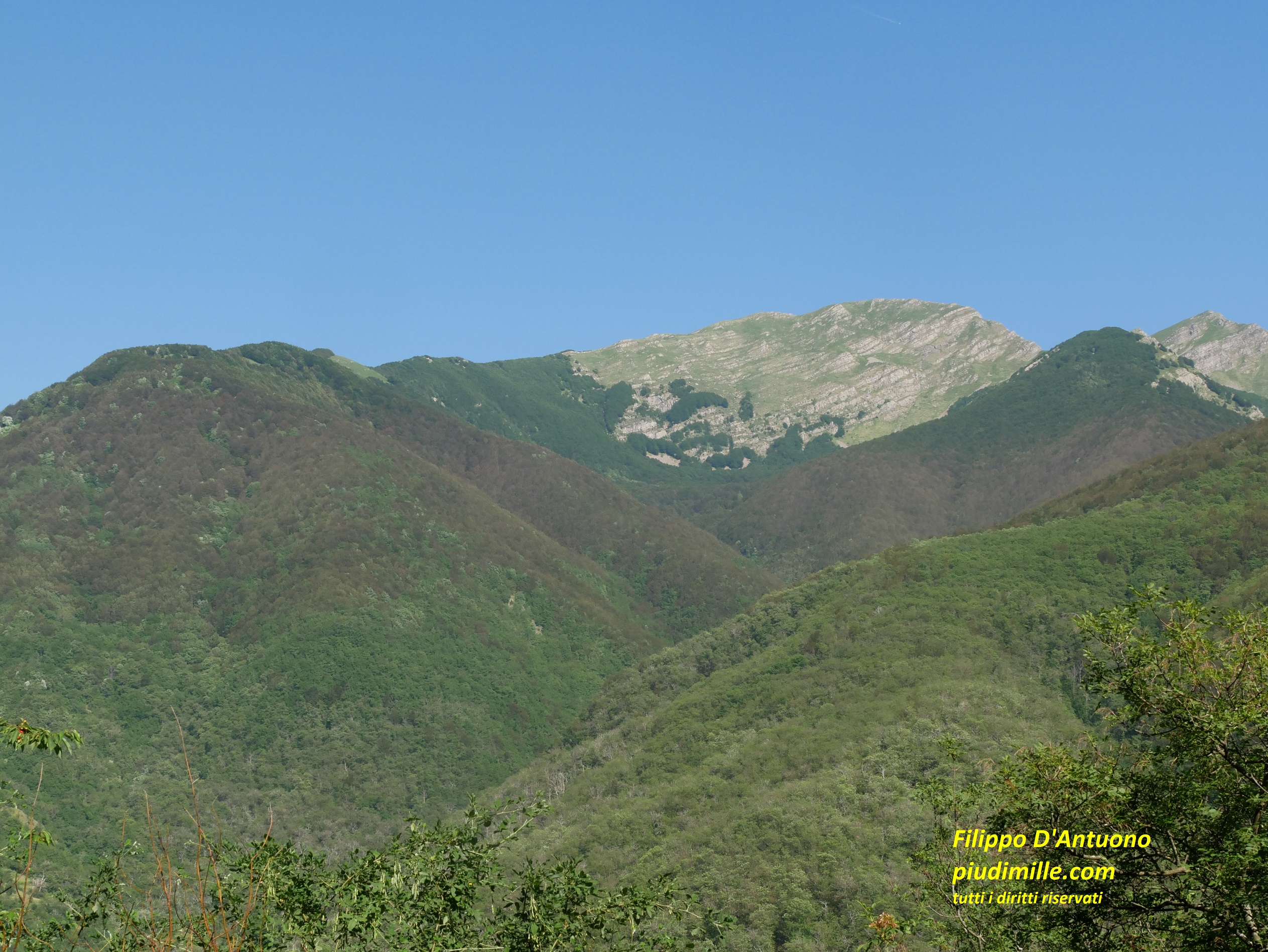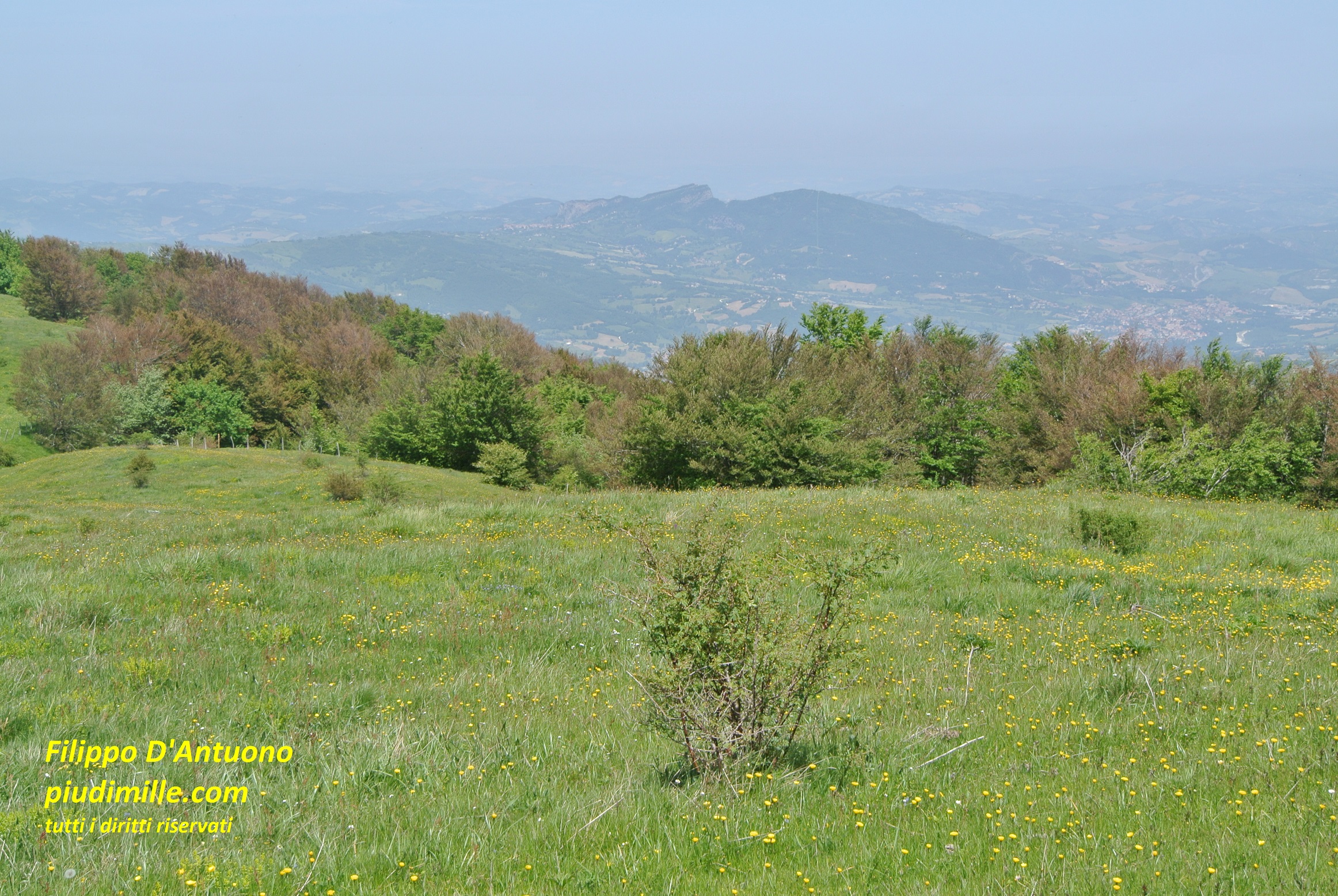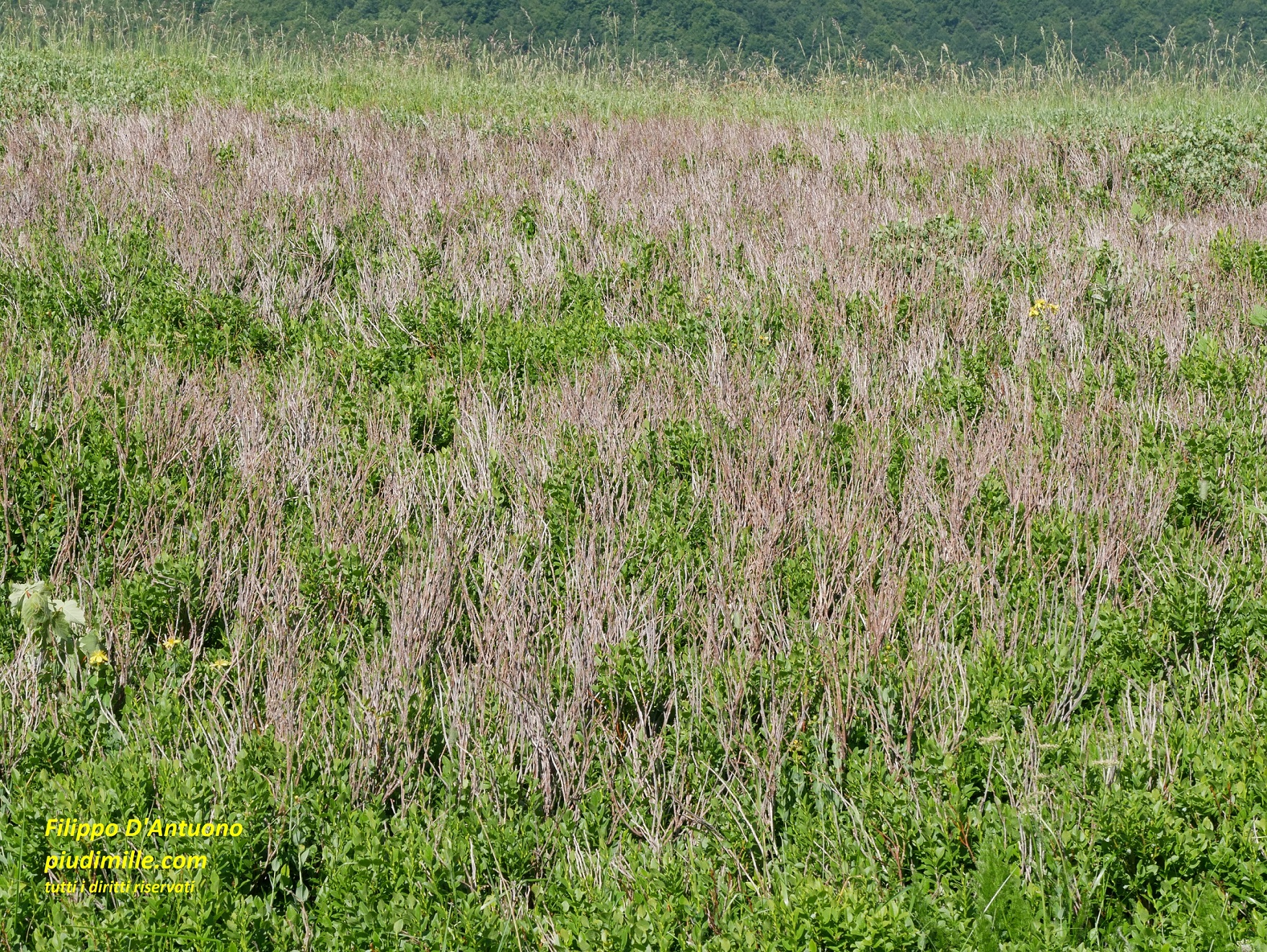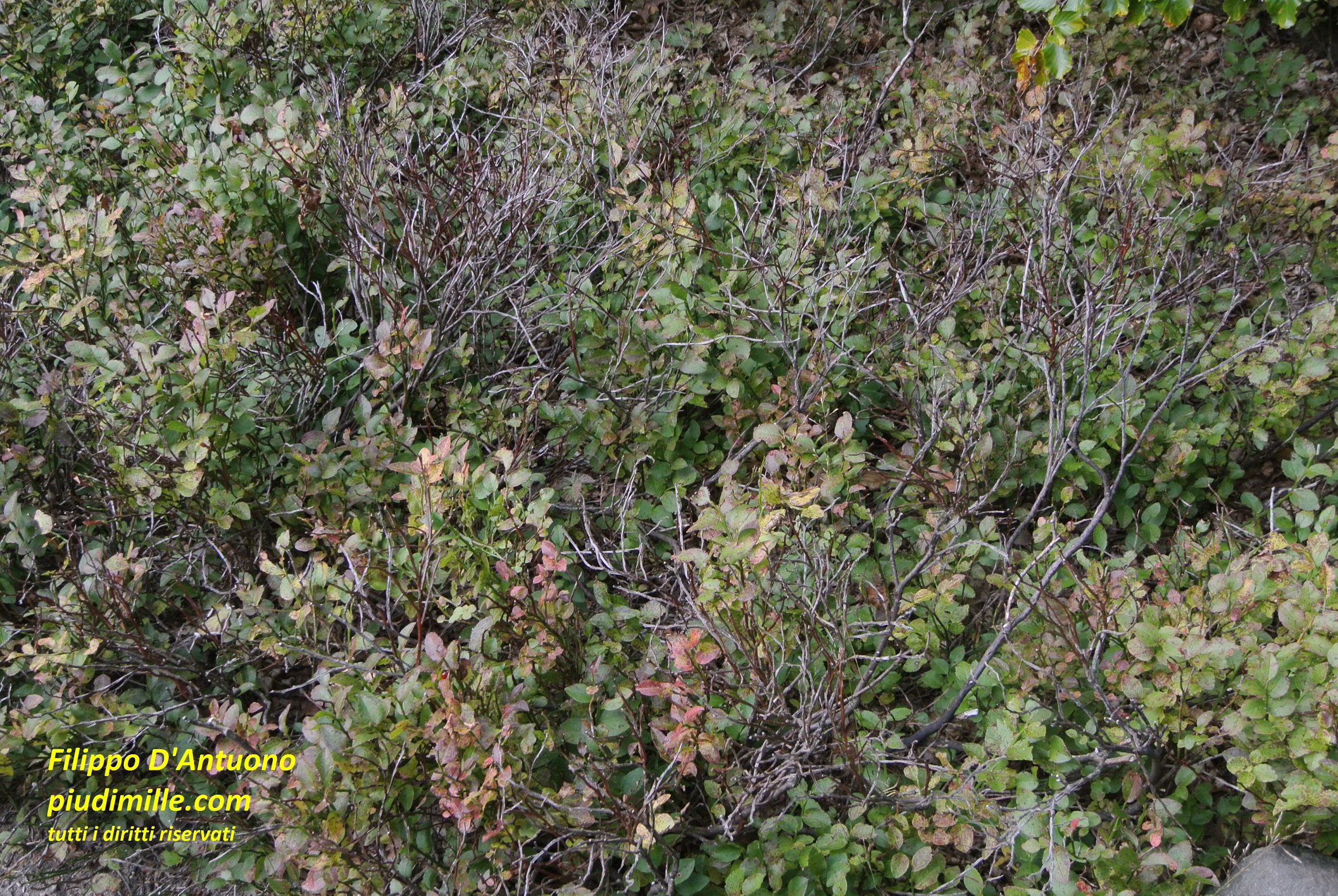Beeches, blueberries and climate change
Climate change indicators
July 15, 2019
The brownish belt of first picture are the beech trees on the sides of mount Orsaro; you can see that the ones above are bright green. Which is the reason ?
As it often happens it was warm early in the spring, so the lower beeches already sprouted, but not the ones above, when a so called late frost came. As a matter of fact, frosts at these height have always been common, until late spring; however, also winter and springs were colder, so that beech trees were still resting, and were therefore unaffected.
You can see a similar thing in the other picture, with mount Carpegna beeches, three years ago. On other tree species nothing happened, since they sprouted later.
We can also speak of blueberries. Our native blueberry is frost resistant, when covered by snow; however, it is enough to have a winter with little or no snow, and the aerial part of blueberries can be killed. As a reaction, the plant can sprout again from the basal buds, but how many times, can depend on the frequency of these events.. If, in addition, even a slight frost episode occurs when blueberries already bear flowers, there will be no fruits, as it happened in the last years. Sometimes the plants flower again, and then we can see some flowers in full, summer, when fruits should be present; but it ii is too late, and they will not produce any fruits.
An ongoing climate change is clear to anyone having some memories: the ones above are only some symptoms.
What will happen to beech trees and blueberries of our Apennine ? Something for sure, but what, I do not know.
Beeches, blueberries and climate change. Filippo D’Antuono. piudimille.com. All rights reserved.

The beech tree betl of mount Orsaro, with plants damaged by frost

And here, the beeches of mount Carpegna

Frost damage on blueberries, on the slopes of mount Sillano

Again damaged bluenerries, in the lago Palo basin
